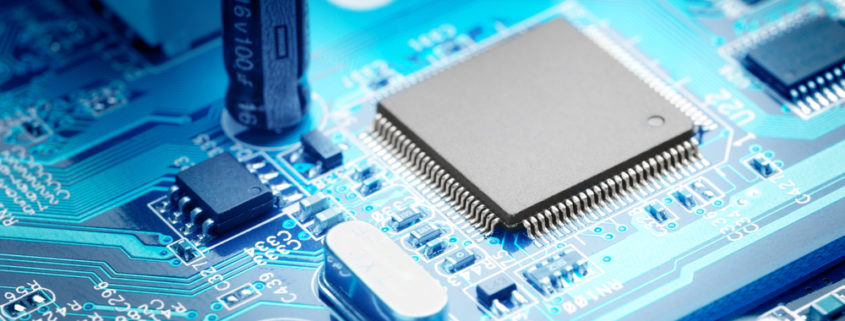The Basics of Microsystem and Semiconductor Tech: Exploring the Foundations of Modern Technology
Microsystem and semiconductor technologies are foundational elements of modern technology. They power a wide range of devices and systems that shape our daily lives. Understanding the basics of these technologies is essential for anyone looking into the field of electronics and semiconductor engineering. In this article, we’ll delve into the fundamentals of microsystems and semiconductors, exploring their principles, components, and applications.
Understanding Microsystems
Definition and Component
Microsystem refers to miniaturized systems or devices that integrate various components, such as sensors, actuators, and control electronics, onto a single substrate. These components work together to perform specific functions or tasks, often in constrained environments where space and power are limited. Microsystems are useful in diverse applications, including medical devices, automotive systems, and consumer electronics.
Microsystem Key Characteristics
Microsystems are characterized by their small size, high performance, and multidisciplinary nature. Their miniaturized form factor allows for compact and lightweight designs, making them ideal for portable and wearable devices. Additionally, microsystems often leverage microfabrication techniques, such as photolithography and etching, to manufacture intricate structures and components with micron-scale precision. This enables precise control over device functionality and performance.
Exploring Semiconductors
Semiconductor Materials and Properties
Semiconductors are materials that exhibit electrical conductivity between that of conductors and insulators. The conductivity of semiconductors can be modulated by factors such as temperature, light, or the application of an electric field. Silicon (Si) is the most widely used semiconductor material due to its abundance, stability, and favorable electrical properties. Other semiconductor materials, such as gallium arsenide (GaAs) and indium phosphide (InP), are useful in specialized applications that require higher performance or specific optical properties.
Semiconductor Devices and Components
Semiconductors form the basis of various electronic devices and components, including diodes, transistors, and integrated circuits (ICs). Diodes allow current to flow in one direction while blocking it in the opposite direction, making them essential for rectifying and regulating electrical signals. Transistors serve as amplifiers or switches, controlling the flow of current between two terminals. Integrated circuits, or ICs, consist of multiple interconnected semiconductor devices and are the building blocks of modern electronic systems.
Microsystem Conclusion
Microsystems and semiconductors are fundamental technologies that drive innovation and advancement in numerous industries. By integrating sensors, actuators, and control electronics onto miniaturized substrates, microsystems enable the development of compact and efficient devices for a wide range of applications. Semiconductors, on the other hand, form the backbone of electronic systems, providing the foundation for devices such as diodes, transistors, and integrated circuits.
As a semiconductor company, understanding the basics of microsystems and semiconductors is essential for developing cutting-edge solutions and staying competitive in the industry. By leveraging the principles and capabilities of these technologies, you can drive innovation, optimize performance, and create value for your customers across various applications and markets.
Learn more about Linear MicroSystems by clicking here!
Linear MicroSystems, Inc. is proud to offer its services worldwide as well as the surrounding areas and cities around our Headquarters in Irvine, CA: Mission Viejo, Laguna Niguel, Huntington Beach, Santa Ana, Fountain Valley, Anaheim, Orange County, Fullerton, and Los Angeles.






